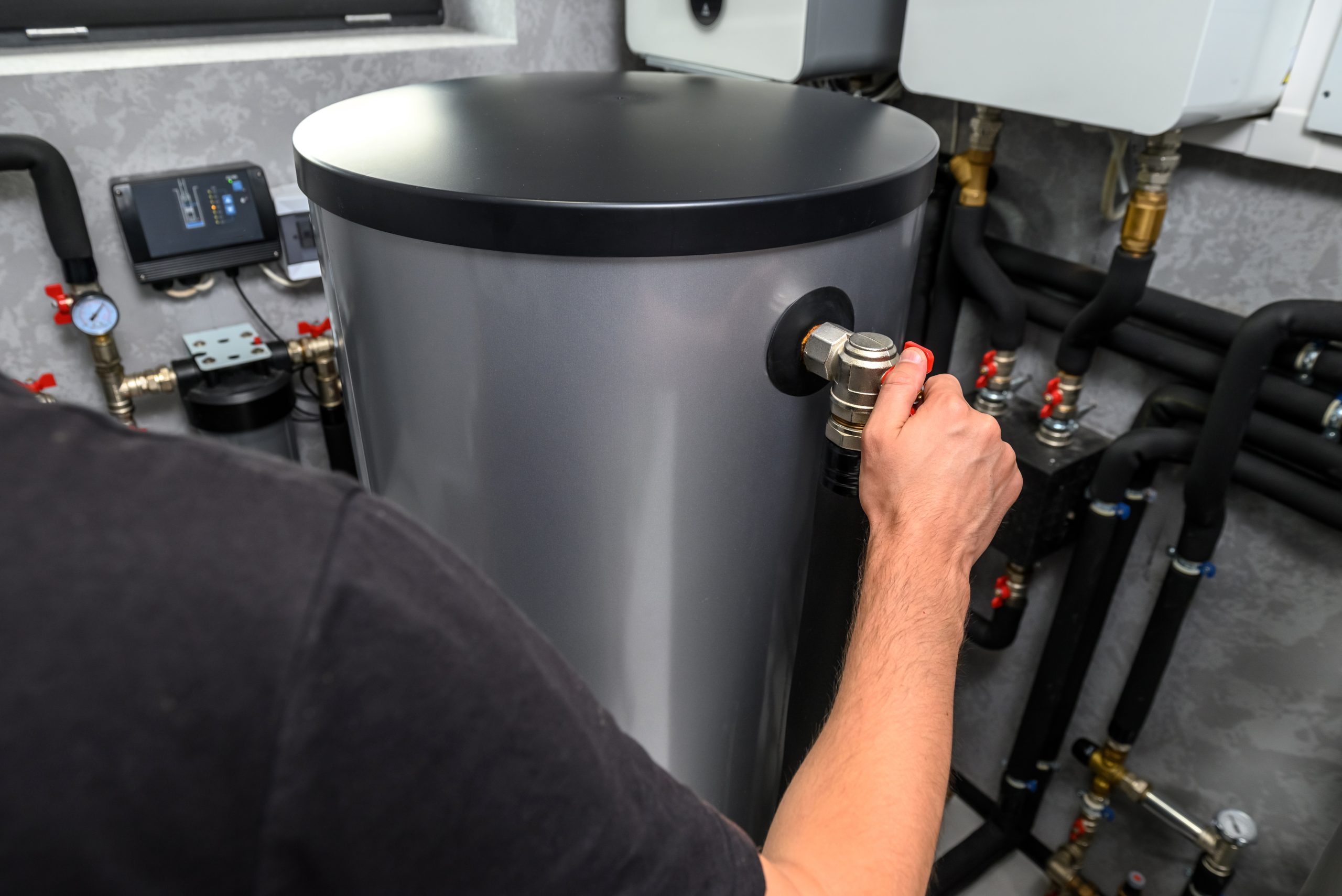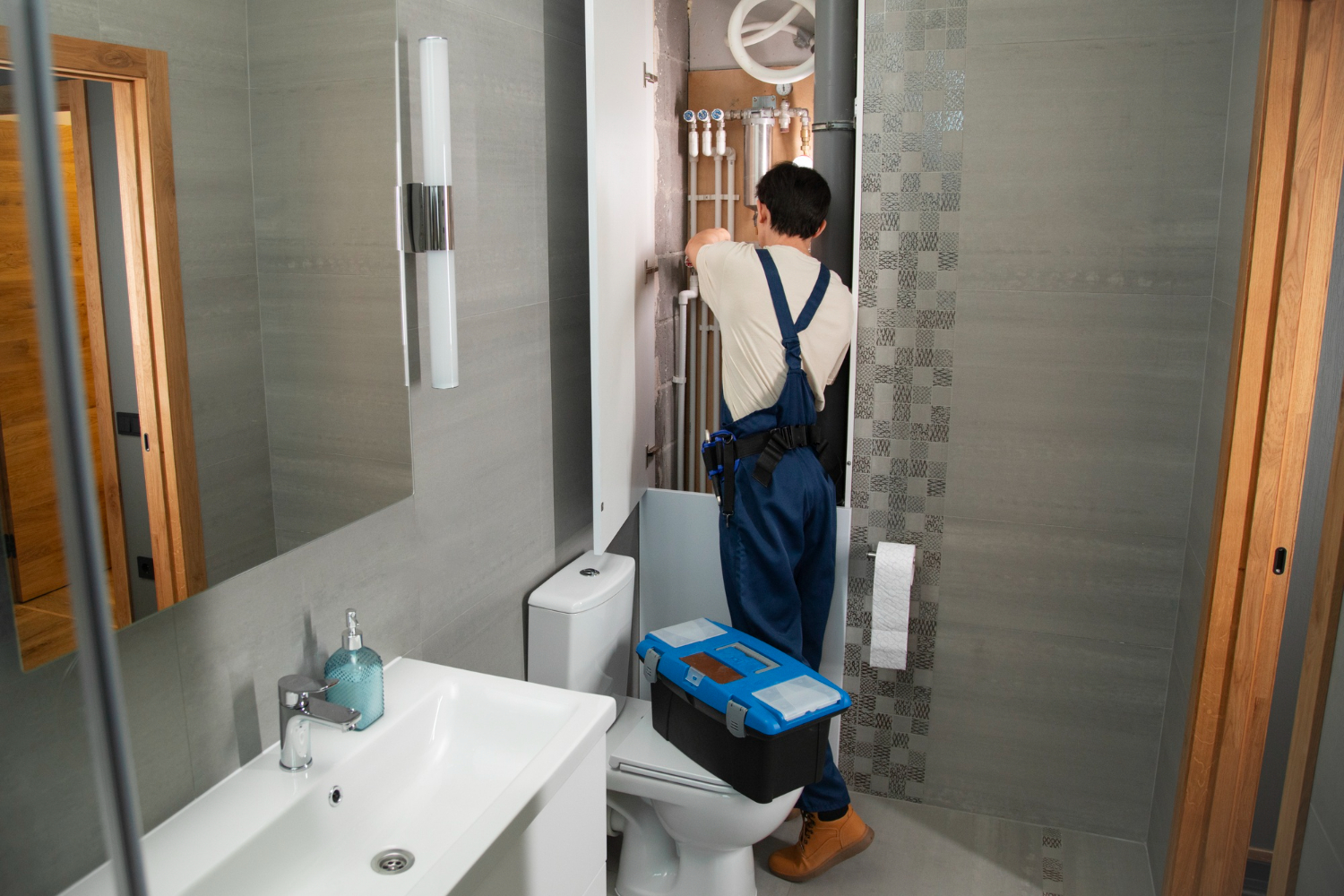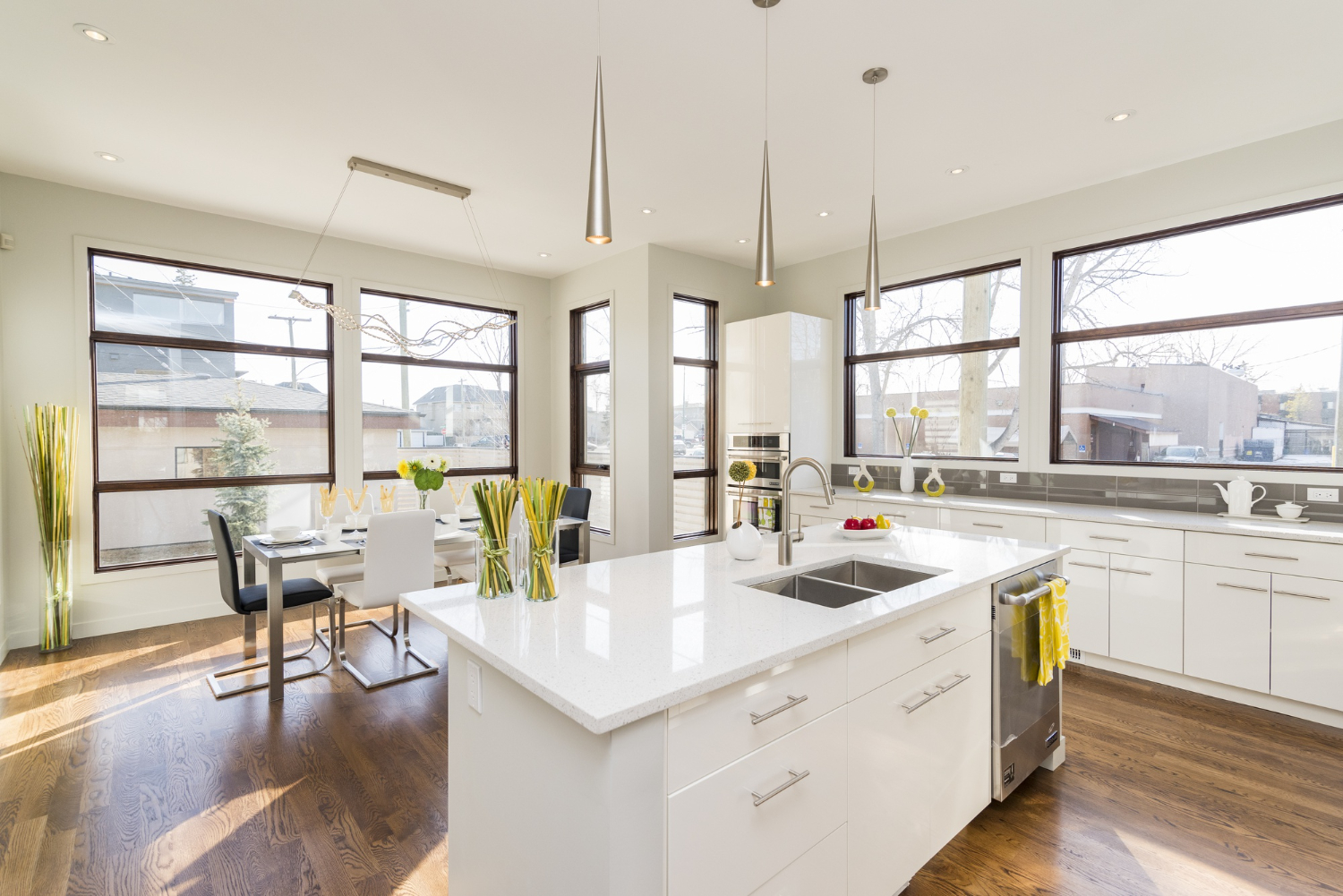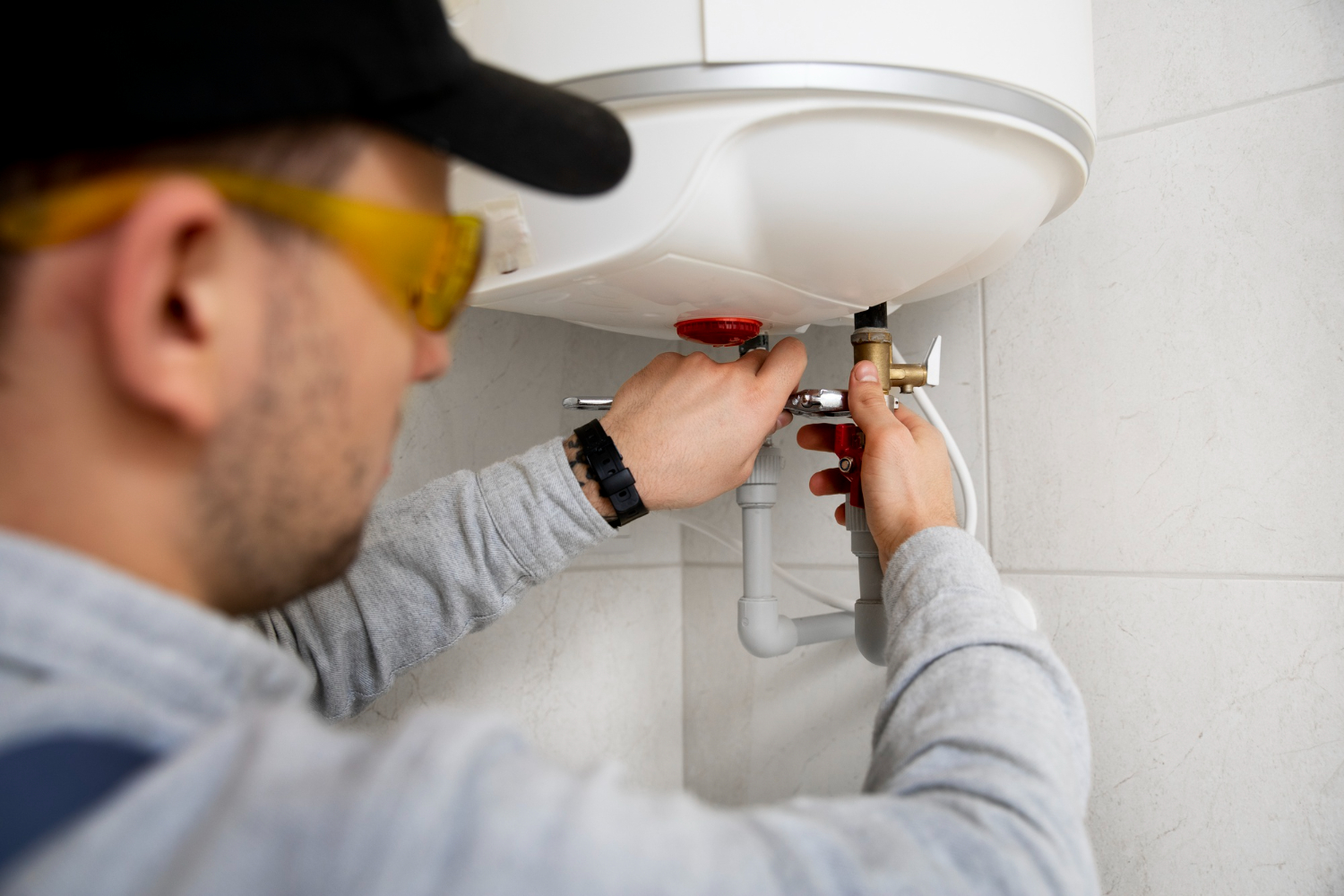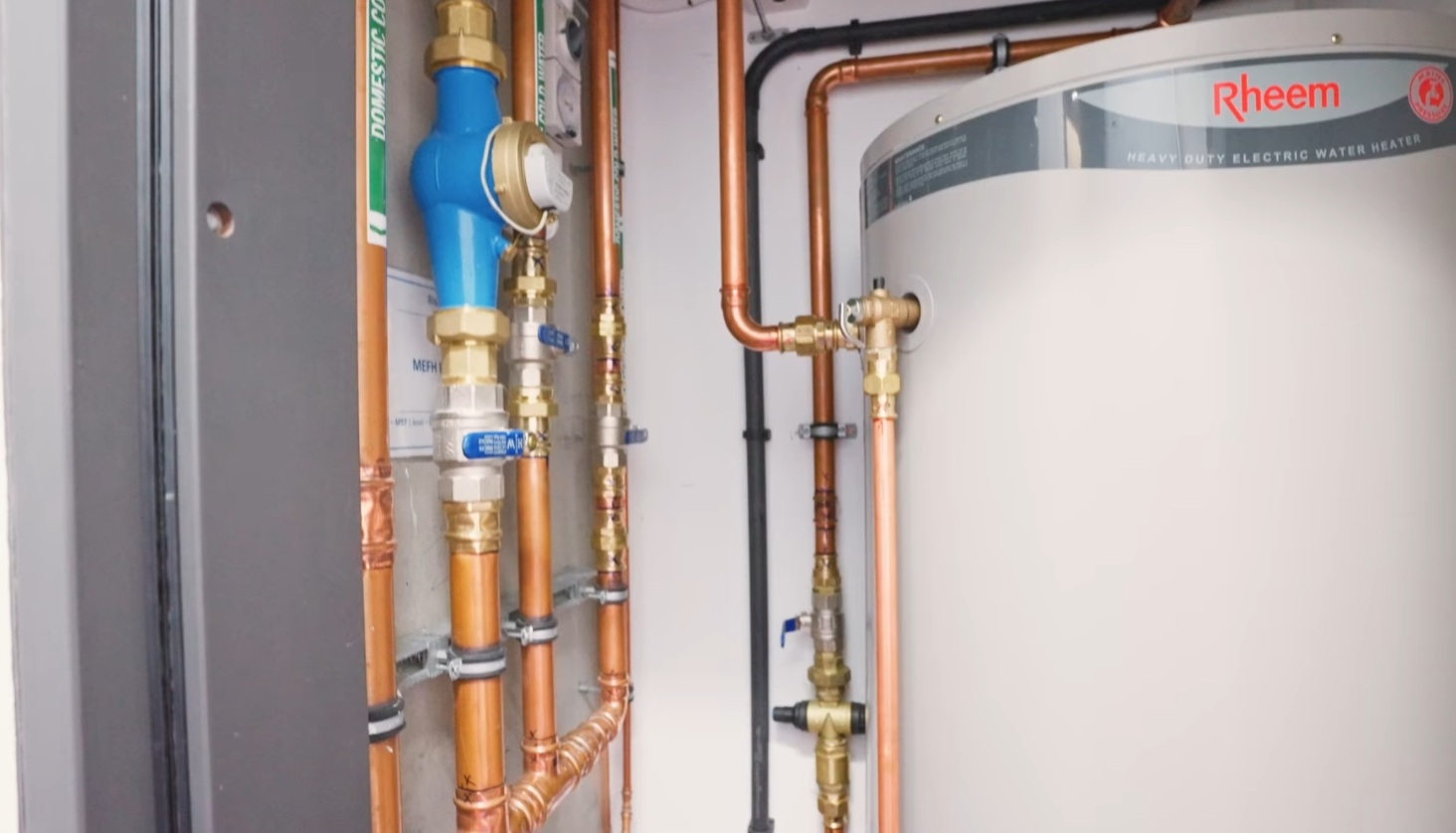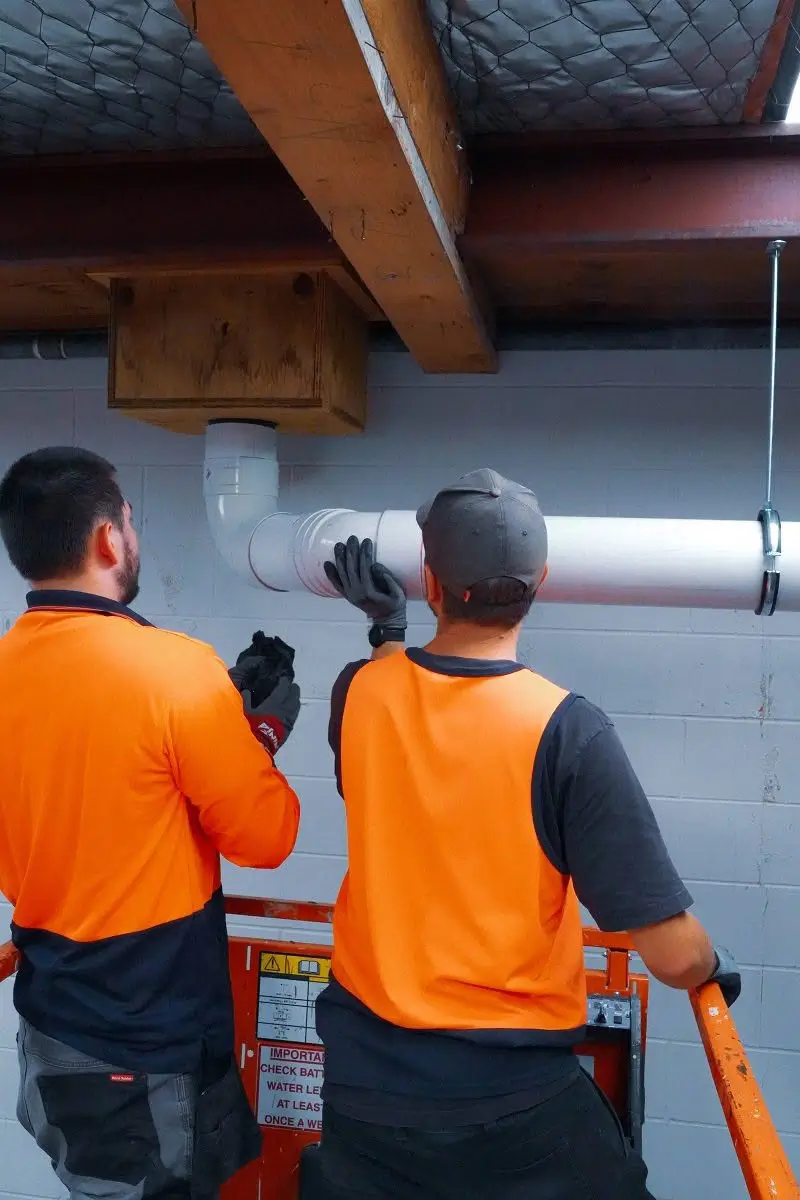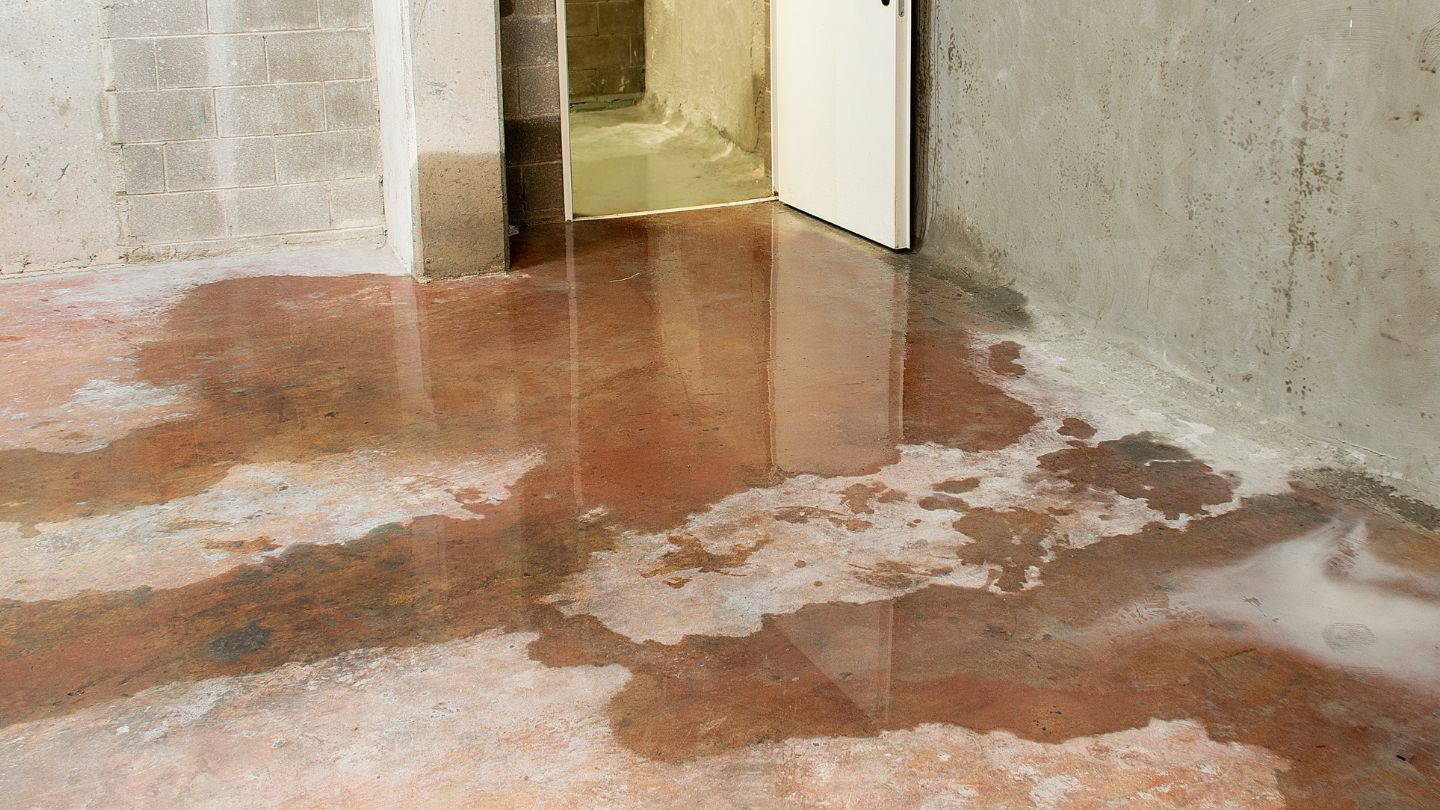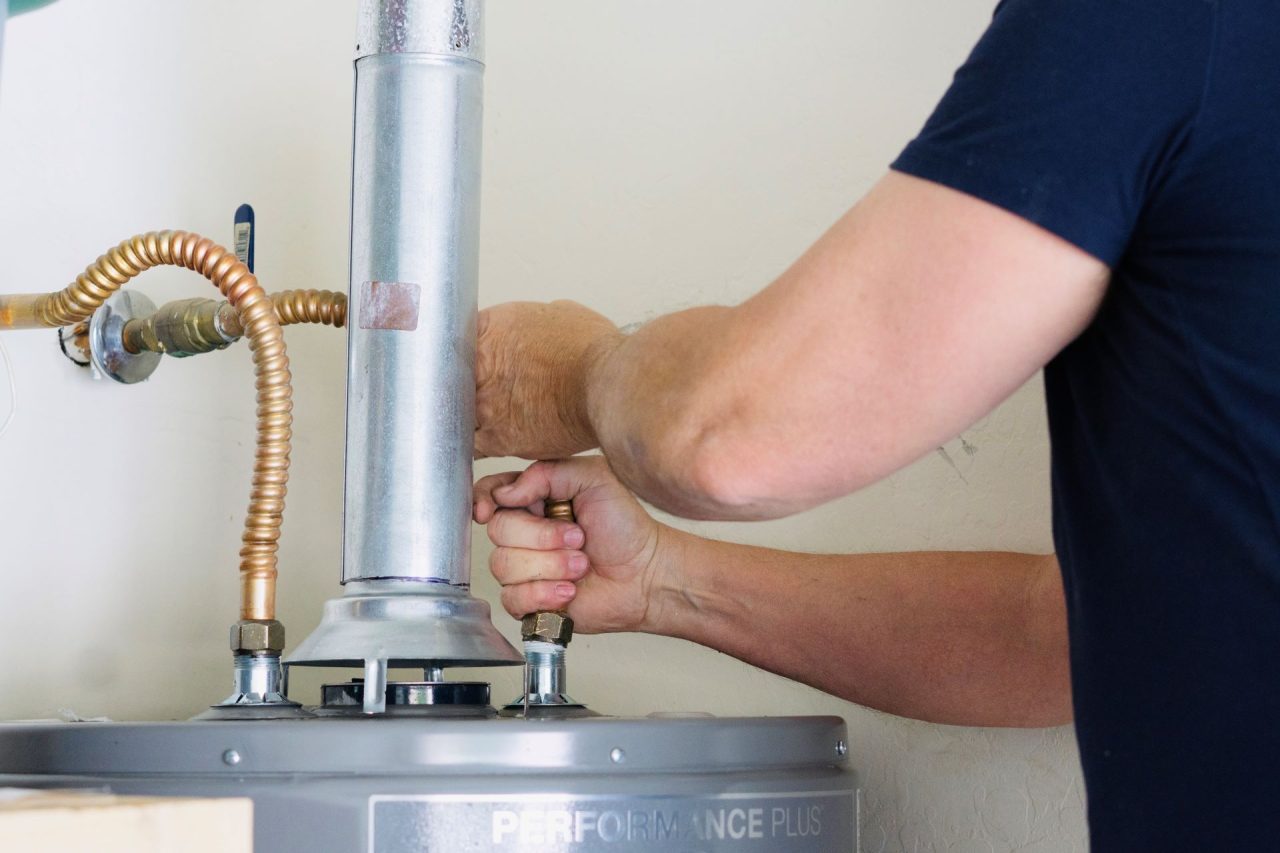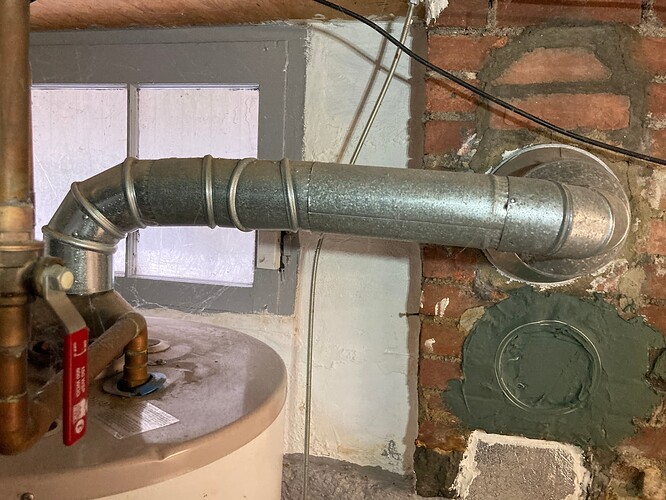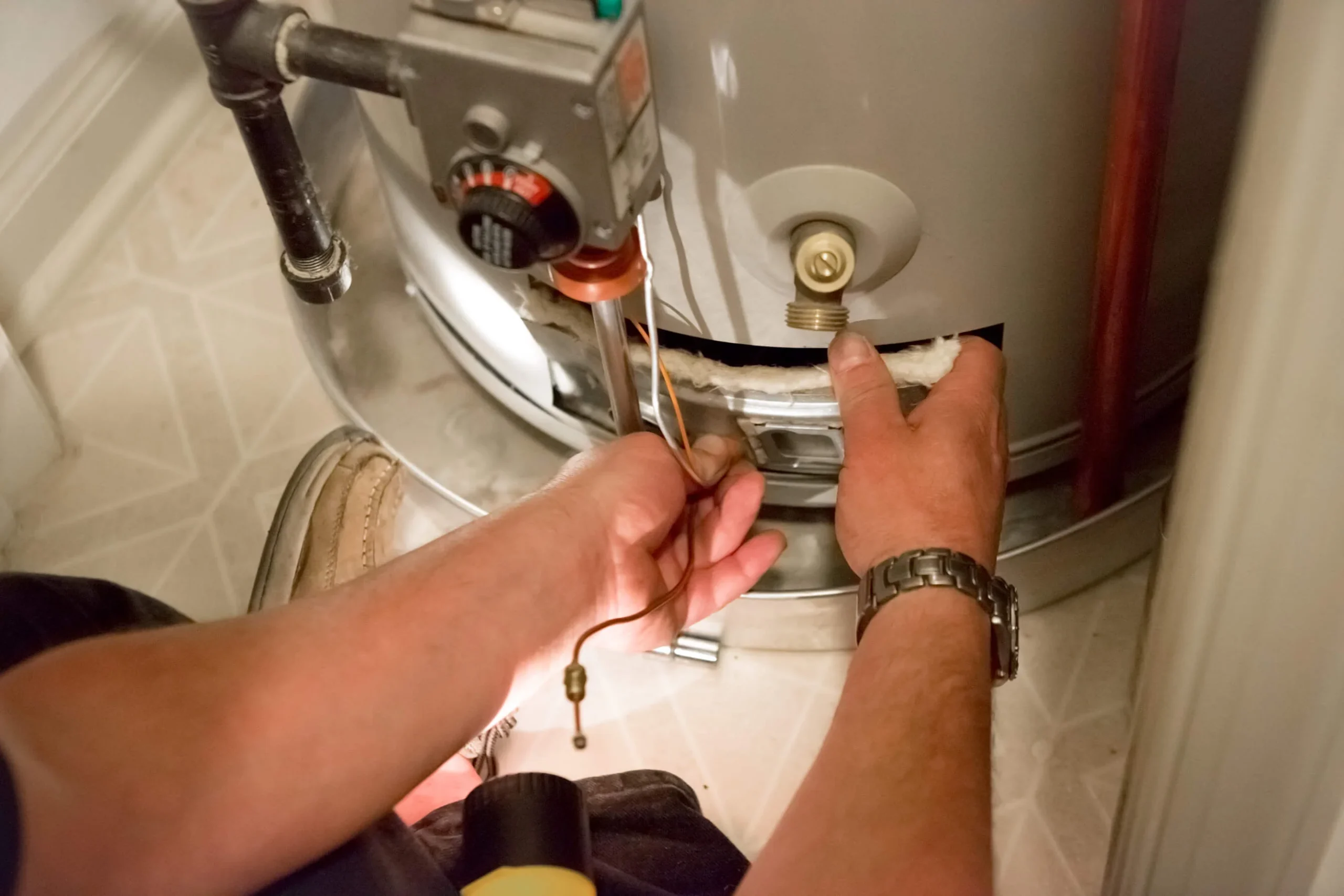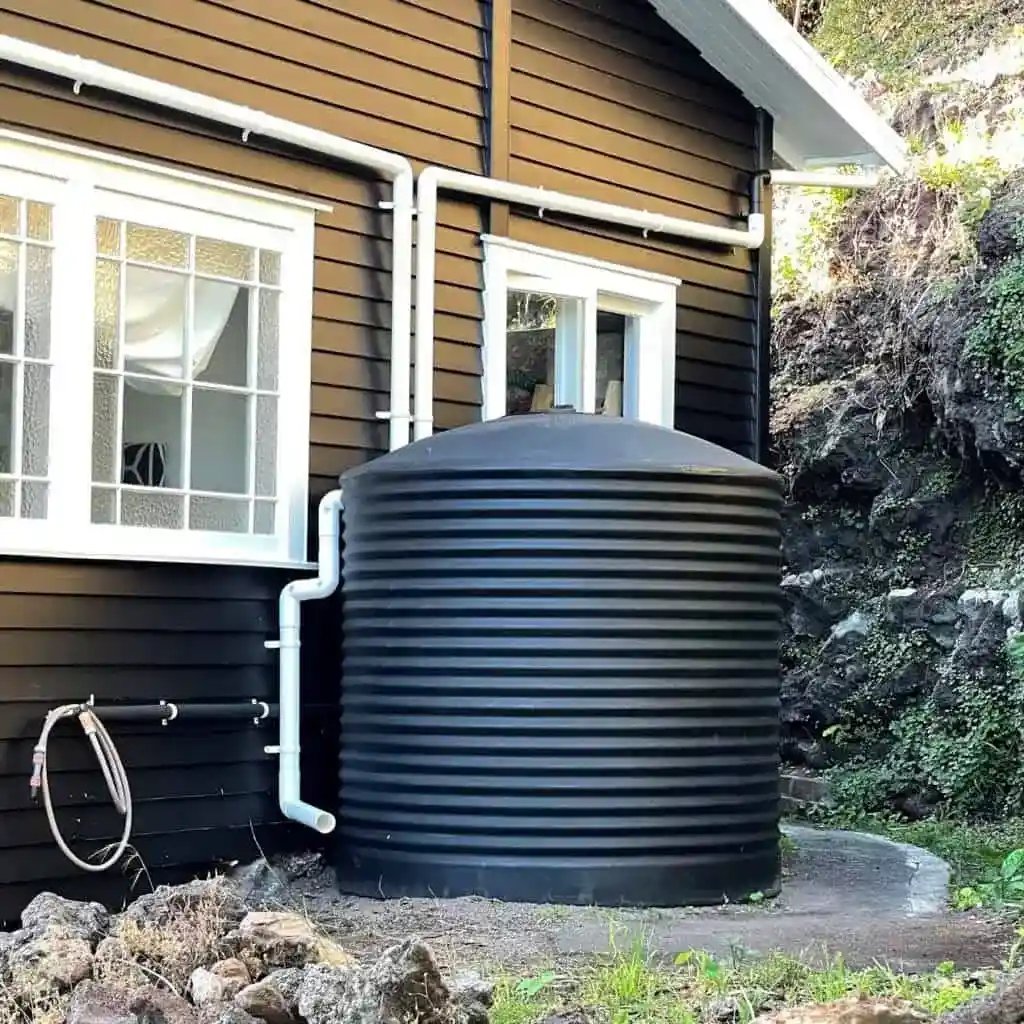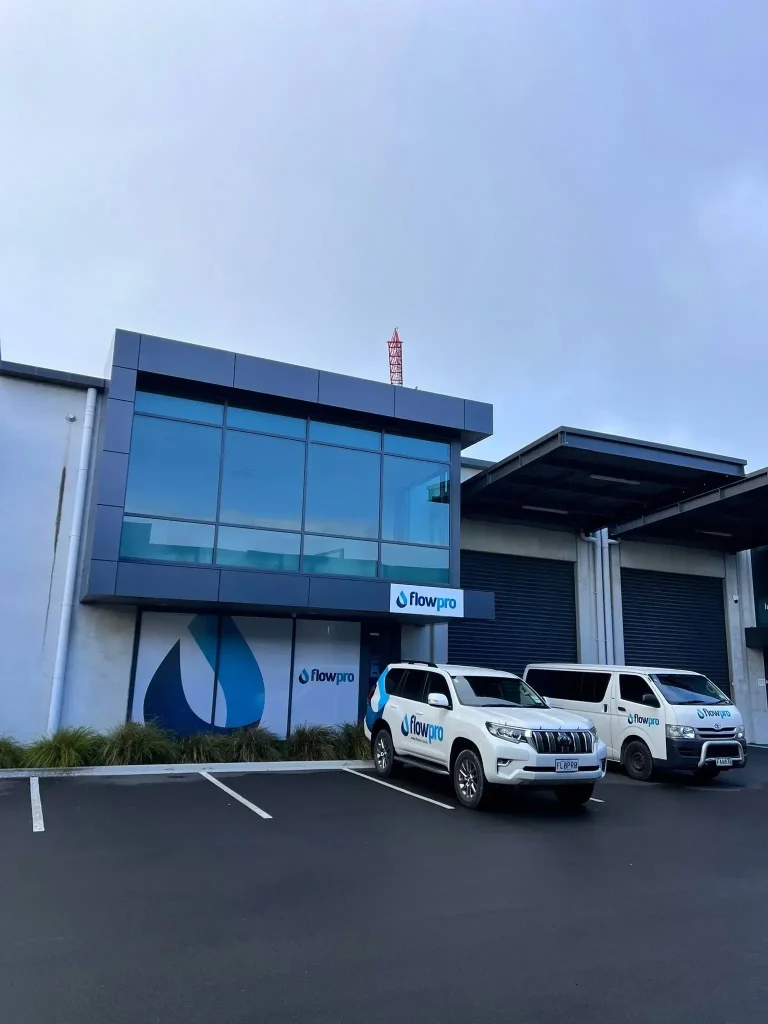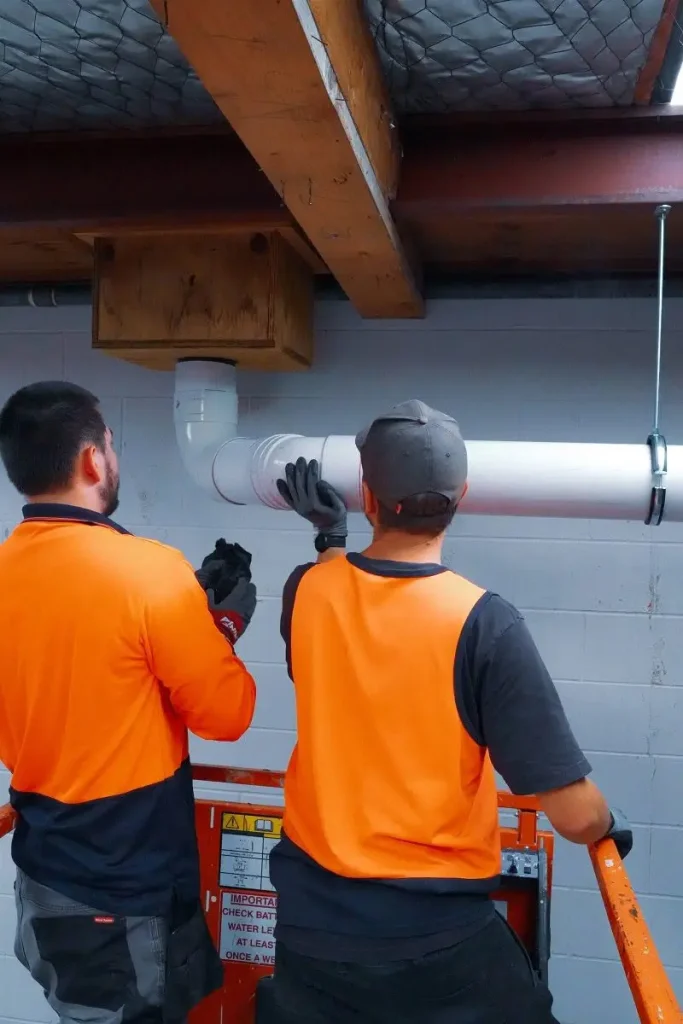In many Kiwi homes, hot water cylinders are a quiet workhorse, ensuring you have a ready supply of warm water for showers, dish-washing, or the laundry. But you might still wonder: how does a hot water cylinder work in practice? Understanding the basics can help you manage your energy bills, spot issues sooner, and extend the lifespan of this essential household device.
Below, you’ll learn the mechanics behind a hot water cylinder, discover different system types, and pick up useful maintenance tips. Let’s get started with the fundamentals.
Understand the cylinder basics
How does a hot water cylinder work?
A hot water cylinder is basically an insulated tank, equipped with a heating element. When you turn on a hot tap, the hottest water in the cylinder flows out first, replaced by cold water that enters the tank from below. This temperature drop at the bottom of the tank activates the thermostat, prompting the heating element (or coil, if you have a boiler-fed system) to warm the water back to your chosen setting. For many New Zealand homeowners, a cylinder set to 60°C in the tank (and no more than 55°C at the tap) is standard, because it helps kill bacteria while preventing scalding.
When operating correctly, the cylinder keeps hot water in reserve much like an electric jug that’s always ready to go. This constant availability makes it perfect for households that use multiple hot taps at once, so everyone can enjoy a hot shower or run a dishwasher and washing machine simultaneously without waiting.
Key components explained
Here are the key parts that keep a hot water cylinder running:
- Thermostat: Monitors water temperature and activates the heating element or boiler coil when the water drops below the set point.
- Heating element or heat exchanger coil: Direct cylinders rely on an immersion heater inside the tank. Indirect cylinders connect to an external source, like a boiler or heat pump, which warms the water through a coil inside the cylinder.
- Insulation: The cylinder walls usually have a thick layer of insulation that traps heat, helping your water stay warm without continual reheating.
- Cold feed: As soon as hot water is drawn off, cold water enters the bottom of the tank, ensuring the hot supply is steadily replenished.
Many cylinders last 8–12 years, but proper care can push this closer to the upper end of that range—or even beyond.
Explore cylinder types
Vented vs unvented systems
Two common setups are vented and unvented.
- Vented cylinders:
- Use a separate cold water tank (often in the loft).
- Rely on gravity for water pressure, which can result in lower water pressure in certain parts of the home.
- Are typically cheaper to install but may require more space for the loft tank.
- Unvented cylinders:
- Connect directly to the mains supply, providing higher water pressure.
- Require additional safety features (like pressure relief valves) to handle the higher internal pressure.
- Can be more compact because they don’t need a separate cold water feeder tank.
If you’re dealing with frustratingly low water pressure, upgrading to an unvented system might help. Just be aware that any significant changes to your installation tend to require a qualified professional and the correct safety measures.
Direct vs indirect heating
With cylinders, “direct” and “indirect” refer to how the water is warmed:
- Direct cylinder:
- Has an immersion heater or element inside the cylinder itself.
- Does not rely on an external boiler.
- Works well in smaller properties that do not already have a boiler.
- Indirect cylinder:
- Uses a heat exchanger coil linked to a boiler or heat pump.
- The boiler heats the water flowing around the coil, which in turn warms the water volume in the cylinder.
- Can be more efficient if you already run a central heating system.
Deciding between direct and indirect ultimately depends on your home’s layout and whether you want (or already have) a boiler. Some homeowners also choose a cylinder with an additional immersion heater as a backup, so they’re never without hot water if the boiler needs repairs.
Manage performance and temperature
Safety and thermostat settings
When it comes to water temperature, aim for around 60°C inside the cylinder and 55°C at the tap. According to recommended practice in New Zealand, this upper limit helps prevent accidental scalds and minimises the risk of Legionella bacteria. The thermostat on your cylinder automatically regulates this, but it’s worth giving your thermostat a quick check during regular maintenance—just to be sure it’s reading accurately.
Some homeowners lower the cylinder thermostat to 50°C or below in an effort to save on power, but experts caution this might allow bacteria to thrive. If you do reduce settings, consider balancing water hygiene with your energy targets.
Energy-saving approaches
Whether you have a direct or indirect system, your water heating costs can add a noticeable chunk to your monthly bills. Here are a few tried-and-true energy savers:
- Insulate both the cylinder and any accessible hot water pipes with pre-cut wraps or foam tubes. Doing so can save up to 16% on water heating costs.
- Use cold-water laundry cycles whenever possible, and fix drips or leaks quickly. Even a small leak wastes water and forces your cylinder to reheat more often.
- Install low-flow showerheads. By reducing the volume of water each shower uses, you can lighten the cylinder’s workload.
- Look into solar-assist or heat pump systems if you foresee making a bigger investment. Over time, these can reduce operating costs substantially.
Maintain your hot water cylinder
A few proactive measures each year can keep your cylinder running smoothly, cut energy use, and help you avoid costly breakdowns. Good news—this is usually easier than it sounds.
Draining the tank
Sediment build-up in the cylinder can reduce overall performance. These tiny particles, often coming from natural minerals in the water, tend to settle at the bottom of the tank.
- Shut off the power supply or turn off the gas if you have a gas-fed boiler.
- Close the cold-water intake valve.
- Connect a hose to the drain valve near the bottom of the cylinder.
- Direct the hose to a safe drain point, then open the drain valve.
If you’re unsure about this procedure, take a moment to review hot to drain a hot water cylinder for more details.
Checking pressure-release valves
All hot water cylinders, especially unvented systems, include pressure safety components. The pressure-release valve is a small but vital mechanism. Its job is to safely vent excess pressure if it builds up in the tank. Once every few months:
- Lift or twist the valve to see if water flows out.
- Close the valve and check if it fully seals.
- If the valve is leaky or doesn’t work, it might be time for a replacement.
Ignoring a faulty valve could be a real danger, as unchecked pressure can lead to severe damage or leaks.
Replacing heating elements
Another common issue is a worn-out immersion heater or boiler coil. A failing element simply won’t heat water effectively, forcing your cylinder to run much longer to reach the set temperature. That inefficiency drives up energy costs and lowers your supply of hot water.
- Switch off the power source at the mains before touching the element.
- Drain the cylinder, or at least lower the water level below the element fitting.
- Unscrew and remove the old element, then install a new one of the correct voltage and wattage.
To get a better sense of budget considerations, you can read about the cost to replacement hot water heater element.
FAQs about hot water cylinders
- What’s the best temperature for a hot water cylinder in New Zealand?
Most experts recommend 60°C in the cylinder and no more than 55°C at your taps. This balance minimises energy usage while reducing the chance of harmful bacteria. - Do I need to replace my hot water cylinder if it’s leaking?
A slight drip might be fixed by tightening a valve or replacing a seal, but significant or persistent leaks can indicate internal corrosion or damage. If repairs don’t solve the problem, you might explore hot water cylinder replacement cost nz. - How can I tell if my cylinder needs draining?
If your cylinder starts making knocking or rumbling sounds, or if water heats much slower than before, sediment is a likely culprit. Draining it periodically helps clear built-up debris. - What’s the difference between vented and unvented cylinders for water pressure?
Vented cylinders rely on gravity and typically provide low to moderate pressure throughout your home. Unvented cylinders draw water directly from mains pressure, producing stronger flow at your taps and showers.
Recap and next step
Your hot water cylinder supplies your home with a reliable stream of warm water, and a bit of mindful care can keep it going for longer than a decade. Remember to check the temperature settings, keep the pressure valves in working order, and drain the sediment as needed. If you do spot signs of wear, consider whether a simple fix—like replacing a heating element—will do, or if it’s time for an upgrade to a different system type.
If you’re curious about more advanced setups or want hands-on guidance, FlowPro Plumbers and Gasfitters can help you make smart decisions about your hot water solutions. From routine maintenance to exploring a complete installation, friendly experts are ready to assist so you can enjoy steady, energy-efficient hot water. You’ve got all the basics in your toolbox—now put them to work for a cosier, more cost-effective home.
